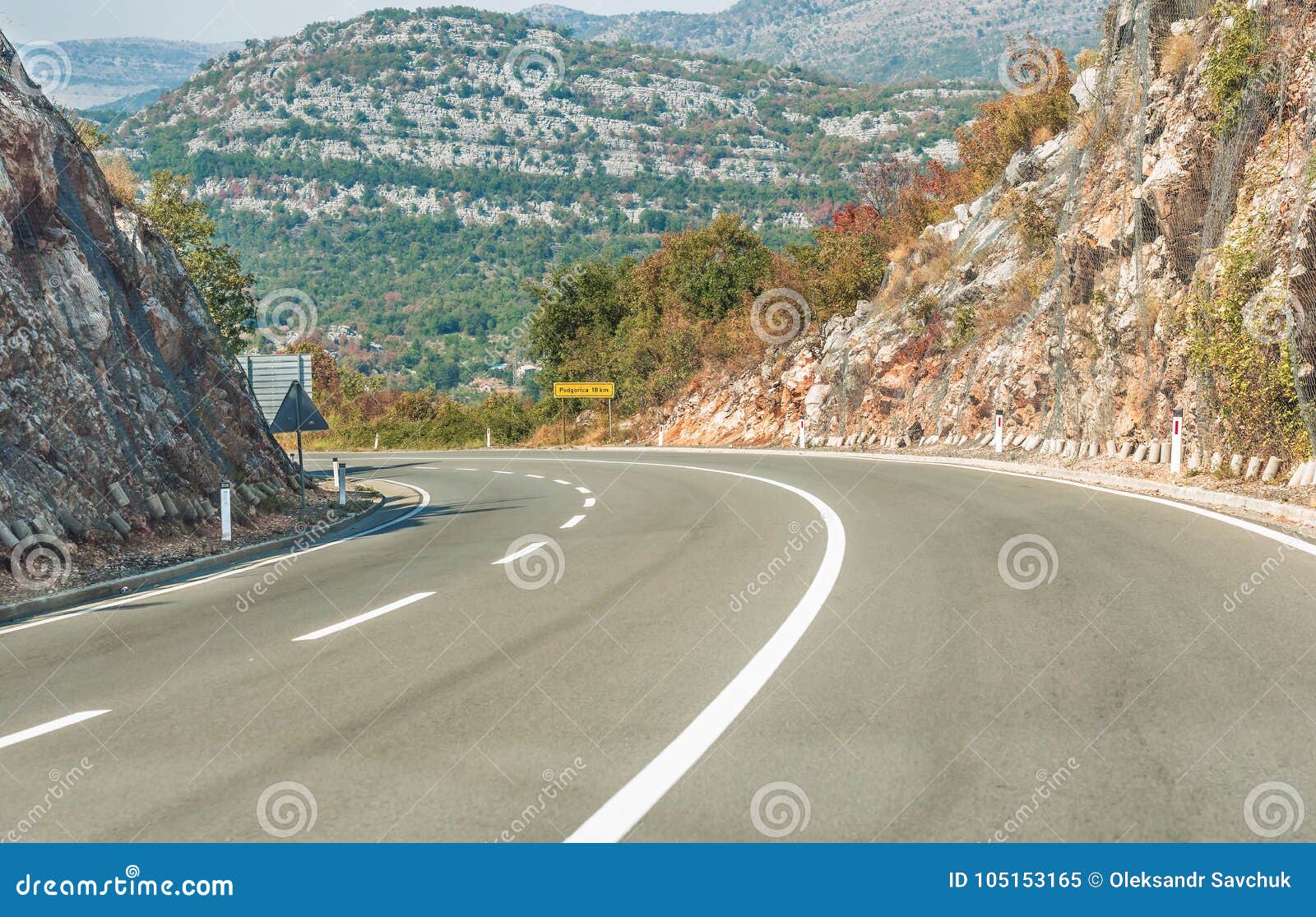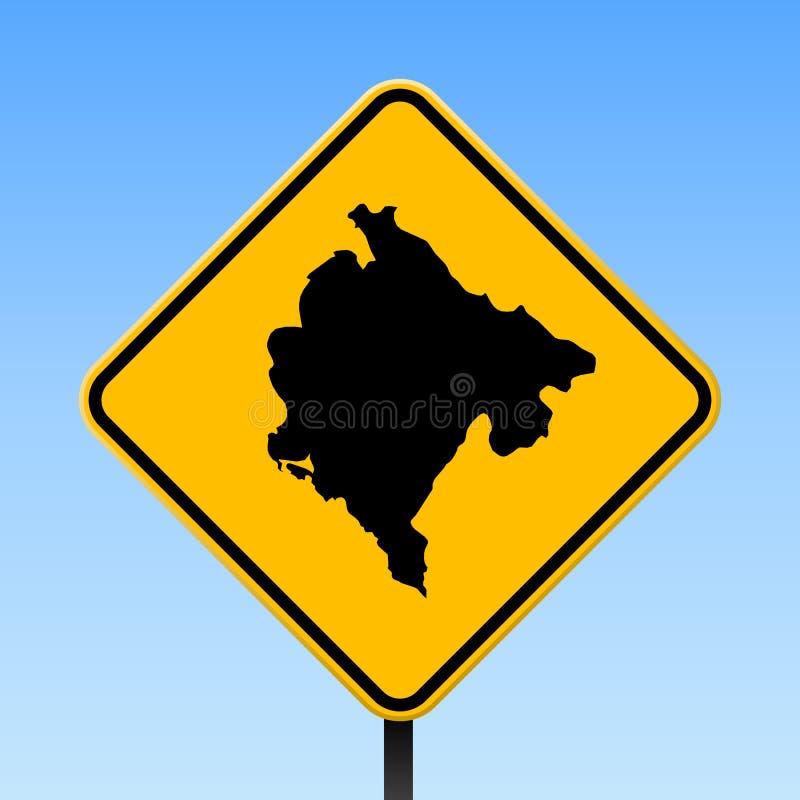
On a humid September morning, police cars darted furiously through empty streets, their sirens blaring. Racial divisions run deep here, a segregation of opportunity, class and even life expectancy. It’s almost double that of Chicago, and 18 times higher than New York City. The city recorded 343 homicides in 2017, the highest murder rate per capita in the country. West Baltimore is an exceptionally bleak area in an exceptionally poor, overwhelmingly black American city. But while these roads unify and connect millions of the country’s citizens, they’ve also excluded and destroyed many black communities. If American highway spending were a country, it would have the world’s 63rd largest GDP, just behind Morocco. There are more than one million miles of federal aid highways in the US, which cost $105bn a year to maintain.
Montenegro road to nowhere free#
Ubiquitous, generally free and heavily used, it’s undeniably a vital part of the American experience. Nowhere is infrastructure so obviously divisive as with the vast interstate highway system. It is seriously doubted whether there is a single block in the area which does not contain detrimental racial elements … It is hazardous residential territory and is accorded a general medial red grade – Original FHA evaluator report for Boyle Heights, California This is a ‘melting pot’ area and is literally honeycombed with diverse and subversive racial elements. Original assessment documents unearthed by researchers at the T-Races project reveal the cold, casually racist way in which data collectors consigned vast neighbourhoods to neglect and poverty: The seeds of the future ghettos of America had been sown.įHA maps were created for every major city in the US. Developers avoided these areas and concentrated investment into white areas, and services stagnated. Specifically, it would be impossible to secure federally backed mortgages, a sort of scarlet letter branded across huge swaths of the city.

If your neighbourhood had the misfortune to be “redlined”, it was often doomed to a future of stillborn investment and decay. Left, an FHA Housing Map for Detroit circa 1939, with the 8 Mile neighbourhood clearly ‘redlined’ right, an aerial photomosaic of the city in 1961, showing the completed I-94 and Route 10.But, like Trump’s wall and the 8-mile wall, infrastructure is not value-free – and the decisions made now will affect the future of inequality in our cities. The Trump administration has pledged to create a $1tn infrastructure renewal plan, and came to power, after all, on the promise of building a massive wall. Today, policymakers are making plans to revamp the nation’s infrastructure.

It did for a minute – but it didn’t last.” “What that Wall was intended for, it didn’t work that way. It’s a part of what happened, and no one feels any negativity towards what happened.” His answer: wall off the white neighbourhood with a concrete barrier. The only problem was, he couldn’t get federal funding to develop the land unless he could prove he had a strategy to prevent black people and white people from mixing. Land that one housing developer wanted to use to build a “whites-only neighbourhood”. It was also adjacent to empty land – valuable land that developers were rapaciously turning into homes for a surging postwar population. It was a self-contained community, filled with not only African Americans but immigrants of all colours, some of whom had built their houses with their own hands.

In 1942, 8 Mile was a black neighbourhood – segregated by law, segregated by culture, segregated from white Oakland County by the eponymous 8 Mile Road. Hidden behind the oak-lined streets is an insidious piece of history that most Detroiters, let alone Americans, don’t even know exists: a half mile-long, 5ft tall concrete barrier that locals simply call “the wall”. In many ways it resembles every other blighted neighbourhood in the city – but with one significant difference. Crime and blight exist side by side with carefully trimmed hedgerows and mowed lawns, a patchwork that changes from block to block. Tax delinquency and debt are still major issues, as they are in most places in the city. “8 Mile”, as the locals call it, is far from the much-touted economic “renaissance” taking place in Detroit’s centre. The sky is a deep blue with only a hint of an approaching thunderstorm – in other words, a muggy, typical summer Sunday in Michigan’s largest city. Children weave down the pavements on bicycles, while a pickup basketball game gets under way in a nearby park. I t’s a little after 3pm in Detroit’s 8 Mile neighbourhood, and the cicadas are buzzing loudly in the trees.


 0 kommentar(er)
0 kommentar(er)
